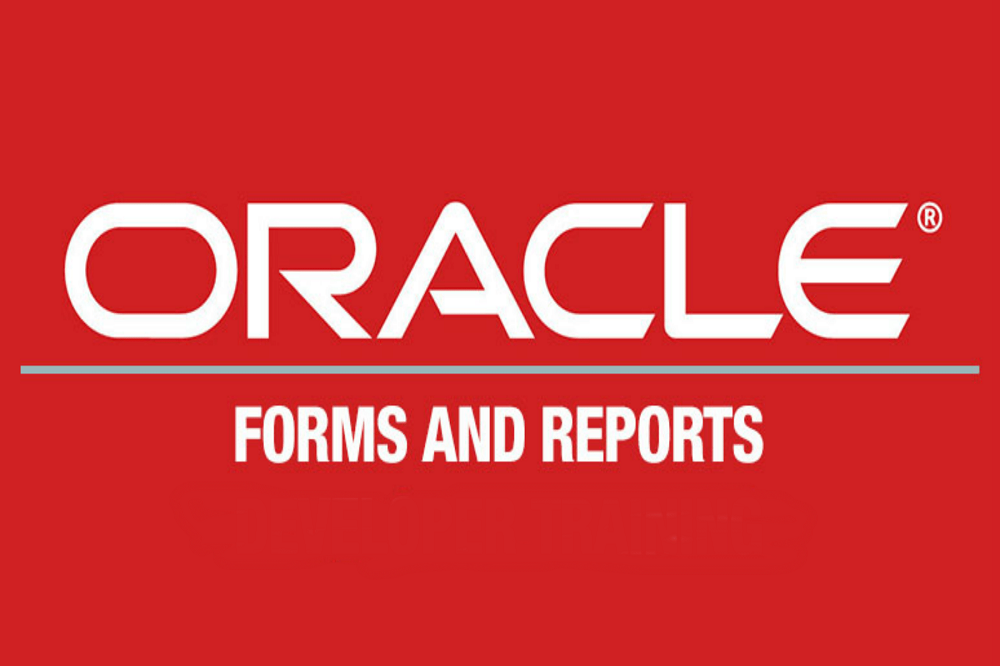p_from IN VARCHAR2,
p_subject IN VARCHAR2,
p_text_msg IN VARCHAR2 DEFAULT NULL,
p_attach_name IN VARCHAR2 DEFAULT NULL,
p_attach_mime IN VARCHAR2 DEFAULT NULL,
p_attach_blob IN BLOB DEFAULT NULL,
p_smtp_host IN VARCHAR2,
p_smtp_port IN NUMBER DEFAULT 25)
AS
l_mail_conn UTL_SMTP.connection;
l_boundary VARCHAR2(50) := '----=*#abc1234321cba#*=';
l_step PLS_INTEGER := 12000; -- make sure you set a multiple of 3 not higher than 24573
BEGIN
DBMS_OUTPUT.put_line('TEST1');
DBMS_OUTPUT.put_line('TEST1');
l_mail_conn := UTL_SMTP.open_connection(p_smtp_host, p_smtp_port);
UTL_SMTP.helo(l_mail_conn, p_smtp_host);
UTL_SMTP.mail(l_mail_conn, p_from);
UTL_SMTP.rcpt(l_mail_conn, p_to);
UTL_SMTP.open_data(l_mail_conn);
UTL_SMTP.write_data(l_mail_conn, 'Date: ' || TO_CHAR(SYSDATE, 'DD-MON-YYYY HH24:MI:SS') || UTL_TCP.crlf);
UTL_SMTP.write_data(l_mail_conn, 'To: ' || p_to || UTL_TCP.crlf);
UTL_SMTP.write_data(l_mail_conn, 'From: ' || p_from || UTL_TCP.crlf);
UTL_SMTP.write_data(l_mail_conn, 'Subject: ' || p_subject || UTL_TCP.crlf);
UTL_SMTP.write_data(l_mail_conn, 'Reply-To: ' || p_from || UTL_TCP.crlf);
UTL_SMTP.write_data(l_mail_conn, 'MIME-Version: 1.0' || UTL_TCP.crlf);
UTL_SMTP.write_data(l_mail_conn, 'Content-Type: multipart/mixed; boundary="' || l_boundary || '"' || UTL_TCP.crlf || UTL_TCP.crlf);
IF p_text_msg IS NOT NULL THEN
UTL_SMTP.write_data(l_mail_conn, '--' || l_boundary || UTL_TCP.crlf);
UTL_SMTP.write_data(l_mail_conn, 'Content-Type: text/plain; charset="iso-8859-1"' || UTL_TCP.crlf || UTL_TCP.crlf);
UTL_SMTP.write_data(l_mail_conn, p_text_msg);
UTL_SMTP.write_data(l_mail_conn, UTL_TCP.crlf || UTL_TCP.crlf);
END IF;
IF p_attach_name IS NOT NULL THEN
UTL_SMTP.write_data(l_mail_conn, '--' || l_boundary || UTL_TCP.crlf);
UTL_SMTP.write_data(l_mail_conn, 'Content-Type: ' || p_attach_mime || '; name="' || p_attach_name || '"' || UTL_TCP.crlf);
UTL_SMTP.write_data(l_mail_conn, 'Content-Transfer-Encoding: base64' || UTL_TCP.crlf);
UTL_SMTP.write_data(l_mail_conn, 'Content-Disposition: attachment; filename="' || p_attach_name || '"' || UTL_TCP.crlf || UTL_TCP.crlf);
FOR i IN 0 .. TRUNC((DBMS_LOB.getlength(p_attach_blob) - 1 )/l_step) LOOP
UTL_SMTP.write_data(l_mail_conn, UTL_RAW.cast_to_varchar2(UTL_ENCODE.base64_encode(DBMS_LOB.substr(p_attach_blob, l_step, i * l_step + 1))));
END LOOP;
UTL_SMTP.write_data(l_mail_conn, UTL_TCP.crlf || UTL_TCP.crlf);
END IF;
UTL_SMTP.write_data(l_mail_conn, '--' || l_boundary || '--' || UTL_TCP.crlf);
UTL_SMTP.close_data(l_mail_conn);
UTL_SMTP.quit(l_mail_conn);
END;
Step 3:
CREATE OR REPLACE FUNCTION loadBlobFromFile(p_file_name VARCHAR2) RETURN BLOB AS
dest_loc BLOB := empty_blob();
src_loc BFILE := BFILENAME('MYEMAIL', p_file_name);
BEGIN
-- Open source binary file from OS
DBMS_LOB.OPEN(src_loc, DBMS_LOB.LOB_READONLY);
-- Create temporary LOB object
DBMS_LOB.CREATETEMPORARY(
lob_loc => dest_loc
, cache => true
, dur => dbms_lob.session
);
-- Open temporary lob
DBMS_LOB.OPEN(dest_loc, DBMS_LOB.LOB_READWRITE);
-- Load binary file into temporary LOB
DBMS_LOB.LOADFROMFILE(
dest_lob => dest_loc
, src_lob => src_loc
, amount => DBMS_LOB.getLength(src_loc));
-- Close lob objects
DBMS_LOB.CLOSE(dest_loc);
DBMS_LOB.CLOSE(src_loc);
-- Return temporary LOB object
RETURN dest_loc;
END loadBlobFromFile;
Step 4:
DECLARE
l_blob BLOB;
BEGIN
SELECT loadBlobFromFile('ayaz.pdf')
INTO l_blob
FROM dual;
send_mail(p_to => '(Email)@(Domain).com.pk',
p_from => '(Email)@(Domain).com.pk',
p_subject => 'Message attached',
p_text_msg => 'This is a test message',
p_attach_name => 'abc.pdf',
p_attach_mime => 'image/gif',
p_attach_blob => l_blob,
p_smtp_host => '(SMTP Email)');
END;





